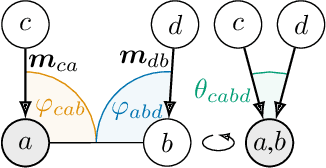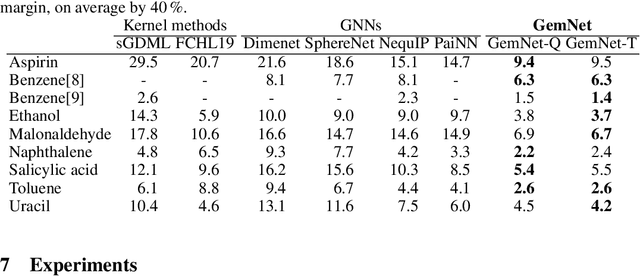Florian Becker
A Modular and Adaptive System for Business Email Compromise Detection
Aug 21, 2023



Abstract:The growing sophistication of Business Email Compromise (BEC) and spear phishing attacks poses significant challenges to organizations worldwide. The techniques featured in traditional spam and phishing detection are insufficient due to the tailored nature of modern BEC attacks as they often blend in with the regular benign traffic. Recent advances in machine learning, particularly in Natural Language Understanding (NLU), offer a promising avenue for combating such attacks but in a practical system, due to limitations such as data availability, operational costs, verdict explainability requirements or a need to robustly evolve the system, it is essential to combine multiple approaches together. We present CAPE, a comprehensive and efficient system for BEC detection that has been proven in a production environment for a period of over two years. Rather than being a single model, CAPE is a system that combines independent ML models and algorithms detecting BEC-related behaviors across various email modalities such as text, images, metadata and the email's communication context. This decomposition makes CAPE's verdicts naturally explainable. In the paper, we describe the design principles and constraints behind its architecture, as well as the challenges of model design, evaluation and adapting the system continuously through a Bayesian approach that combines limited data with domain knowledge. Furthermore, we elaborate on several specific behavioral detectors, such as those based on Transformer neural architectures.
GemNet: Universal Directional Graph Neural Networks for Molecules
Jun 22, 2021



Abstract:Effectively predicting molecular interactions has the potential to accelerate molecular dynamics by multiple orders of magnitude and thus revolutionize chemical simulations. Graph neural networks (GNNs) have recently shown great successes for this task, overtaking classical methods based on fixed molecular kernels. However, they still appear very limited from a theoretical perspective, since regular GNNs cannot distinguish certain types of graphs. In this work we close this gap between theory and practice. We show that GNNs with directed edge embeddings and two-hop message passing are indeed universal approximators for predictions that are invariant to global rotation and translation, and equivariant to permutation. We then leverage these insights and multiple structural improvements to propose the geometric message passing neural network (GemNet). We demonstrate the benefits of the proposed changes in multiple ablation studies. GemNet outperforms previous models on the COLL and MD17 molecular dynamics datasets by 34% and 40%, performing especially well on the most challenging molecules.
Solving QVIs for Image Restoration with Adaptive Constraint Sets
Jul 03, 2014



Abstract:We consider a class of quasi-variational inequalities (QVIs) for adaptive image restoration, where the adaptivity is described via solution-dependent constraint sets. In previous work we studied both theoretical and numerical issues. While we were able to show the existence of solutions for a relatively broad class of problems, we encountered problems concerning uniqueness of the solution as well as convergence of existing algorithms for solving QVIs. In particular, it seemed that with increasing image size the growing condition number of the involved differential operator poses severe problems. In the present paper we prove uniqueness for a larger class of problems and in particular independent of the image size. Moreover, we provide a numerical algorithm with proved convergence. Experimental results support our theoretical findings.
 Add to Chrome
Add to Chrome Add to Firefox
Add to Firefox Add to Edge
Add to Edge